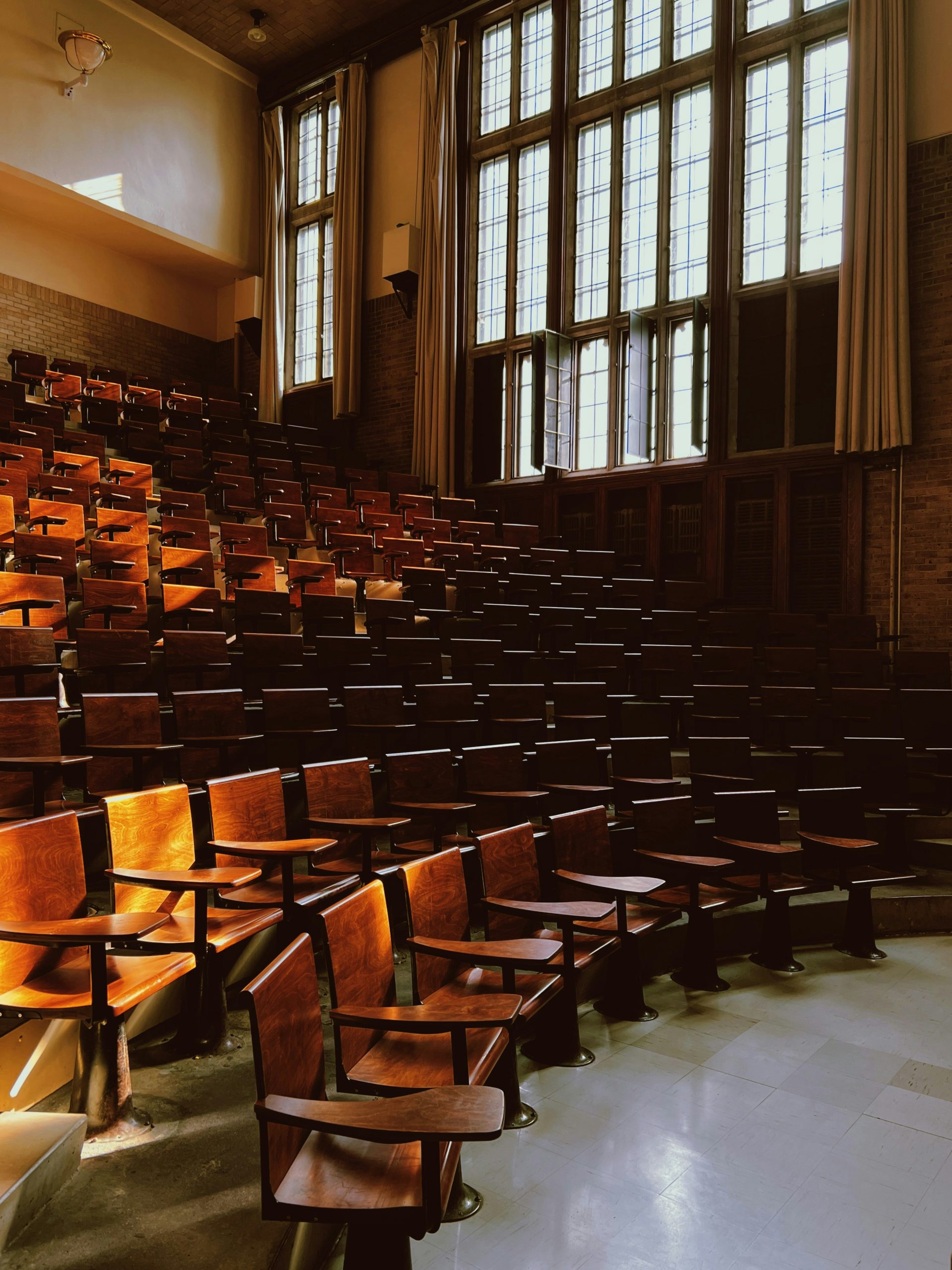Content warning; sexual assault, domestic violence, sex trafficking
Hands up; who here remembers their sex education in secondary school being unbelievably uncomfortable? Were you forced to watch a video that was made in the 80s, left feeling confused, with the basic understanding of how to put on a condom and that was it? It’s no surprise that sexual health classes continue to provide unsubstantial education and support to students, in the UK and around the world. From solely discussing heterosexual couples, to barely mentioning consent and healthy relationship factors, to completely avoiding topics of gender identity and sexual orientation; why do we allow this abhorrent standard to prevail whilst at such a developmental and vulnerable age?
When we leave these environments where we’re supposed to learn and feel safe, instead of feeling scared and unsure, it’s natural to turn to the internet and utilise its anonymous and vast platform to resolve our insecurities. But many services online don’t have the sole intention to teach you about these topics and don’t accurately reflect the truth taught by professionals. So when we use pornography, these anxieties appear resolved by watching what we believe real relationships and sexual activity looks like, without the shame of having to ask your parents or friends. With porn now a single google search away, children have become exposed to explicit content from younger and younger ages through its increase in child-targeted content and pop-up ads.
With virtually every identity categorised as a section for porn, it’s no wonder that these videos promote falsehoods and can reinforce narratives which are sexist, racist, sizeist, transphobic and ableist at the expense of gaining more clicks. Pornhub alone generates 42 billion visits each year ÔÇô if a high volume of this content is misconstrued, a high volume of users will be implicitly consuming this with potentially demonstrative repercussions. Don’t be confused; this isn’t to say pornography is in any way wrong or shameful, but that substituting it for effective sexual health and relationship teaching is a dangerous spiral which can lead to demonstrative effects.
Government research has identified links with pornography encouraging narratives where consent is not present, sexual activity is solely for male pleasure and normative appearances of women are aligned with porn stars. When these falsehoods are eventually proven false, reactions can be violent and specifically hateful to women. Many people featured in explicit content may be done so through manipulation or exploitation, reinforcing that we should be supporting ethical sites which protect their workers and compensate them fairly for their self-chosen work. Accessing ÔÇÿdodgy’ links to explicit content may inadvertently support a vicious cycle of sex trafficking, where many of the people in the content are there against their will and are experiencing pain. If we see this material and believe at a young age that this reflects adult sexual relationships, this will only damage ourselves and our future partners. In providing accurate sexual health and well-being education, the catalytic potential porn has in influencing young audiences with aggression can be targeted in schools.
Challenging and counteracting this misinformation is a long-term process which is being tackled by many charities, including Cardiff’s student-led society SHAG (Sexual Health Awareness Group). Set up to teach students about sexual health issues and wellbeing, the importance of providing services like SHAG cannot remain unrecognised.
It would be counterintuitive to discuss the discrepancies in holistic sexual health and well-being education without drawing attention to what we can do as individuals, and students, to challenge these consequences. The Office for National Statistics highlights that implementing interventionist frameworks at university is an effective way for students to tackle domestic and sexual violence. That could mean holding your friends accountable for their actions, offering support to your peers, or intervening when possible if you see an act of violence on campus. Volunteering with services like SHAG can target the route of misinformation derived from explicit content whilst encouraging progressive sexual health education for ourselves and those around us. We cannot remain passive bystanders to the rise of abuse and violence in relationships, and we need to ensure that we recognise what healthy behaviours and attitudes look like; in how we are treated and in how we treat others.
If anything in this article has made you concerned, click here to access safe resources provided by the university.


